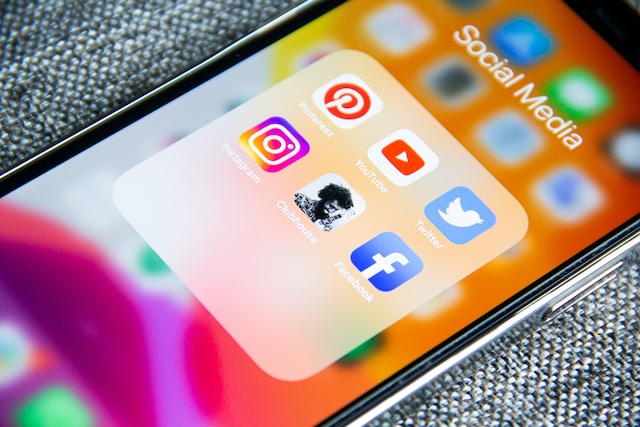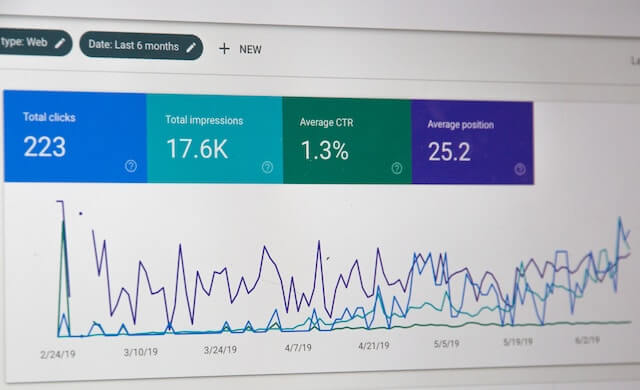As the world becomes more connected and digital, accessibility has become a crucial element of marketing strategy. In 2023 and beyond, the focus on accessibility will only continue to grow, and companies must adapt to stay relevant and competitive.
In this article, we will cover how to leverage emerging trends in accessibility to ensure your marketing campaigns are inclusive and reach the widest possible audience.
Accessibility in Marketing: Emerging Trends 2023
- AI-Powered Chatbots
- Mobile Accessibility
- Gamification
- Communities and User Generated Content
- Change in the Way We Track
- Metaverse
AI Powered Chatbots
One of the current trends revolutionizing accessibility in marketing is the adoption of AI-powered chatbots. These intelligent assistants can help you offer great user experiences on your website by providing provide quick, accurate, and personalized interactions.
You can also integrate them with accessibility features such as text-to-speech and keyboard navigation to create more inclusive marketing strategies. This fosters a positive brand image and expands the reach of marketing campaigns to a broader audience, ultimately driving growth and success.
Mobile Accessibility
Savvy businesses are beginning to recognize the need to cater to the ever-growing number of mobile users, and so should you. By prioritizing mobile experiences alongside desktop ones, you can ensure your campaigns and content reach a wider audience and resonate with users across various devices.
To make mobile marketing more accessible, you must consider responsive design by creating content that adapts seamlessly to different screen sizes and resolutions. Also optimize your website’s loading times and responsiveness, particularly for users with slower internet connections.
Social Media Accessibility

Closed captions are becoming a regular sight on social media since Instagram and TikTok introduced auto-captioning features in 2021. LinkedIn joined the trend in 2022 by providing real-time captioning for its Audio Events, making it easier for individuals with hearing impairments to access the content. Recently, Google expanded its inclusive marketing resource All In to provide guidance and best practices on disability inclusivity.
In 2023, we can expect to see more businesses promoting diversity and inclusivity in social media marketing. To leverage this trend, you need to focus on making your social media content accessible to all users, regardless of their ability. This can include providing alternative text for images, using clear and simple language, and ensuring compatibility with assistive technologies.
Gamification
This is a trend in marketing that has been widely adopted by businesses to engage and motivate customers. It refers to the infusion of gaming elements into a website’s user experience to increase brand awareness, engagement, and conversion rate. This helps you tap into the emotions of your audience and demonstrate the best activities that they can perform to achieve a goal.
When using gamification, it is important to consider the diverse needs and abilities of your audience. To begin with, always use accessible graphic design principles, provide alternative input methods and offer customization options. Gamification modes could feature animated gifs containing flashing images that could trigger a seizure in someone with photosensitive epilepsy.
Equally AI’s Accessibility Assistant gives your users control over such sudden flashes and popups, ensuring your website poses no risk to people with accessibility needs.
Communities and User Generated Content
The cryptoverse rules in this regard. It’s common to find crypto companies with their own communities of loyalists constantly spreading the word and raving about their experience with the products. Such communities thrive on user-generated content and B2B companies are fast integrating such models on Slack, Discord, etc.
With so much word-of-mouth advertising happening on dark social, it’s a no-brainer to adopt this model. Not only will you have access to unique customer insights, but you’ll also be able to subtly influence trends and curate your agendas.
Changes in the Way We Collect Data

- First-party data collection: When users interact with your website, you can offer them survey forms to fill or use the gamification model to make information sharing fun and less obvious. Other channels of first-party data are mobile apps, social media, SMS, email, customer service interactions, CRM systems, and points of purchase.
- Zero-party data collection: According to Forrester Research, zero-party data is “data that a customer intentionally and proactively shares with a brand, which can include preference center data, purchase intentions, personal context, and how the individual wants the brand to recognize them.” Slack communities are a great way of gathering zero-party data and leveraging dark social to your advantage.
- Boost your CRM: Customer relationship management (CRM) empowers marketers to combine business strategies, software, and processes to help build long-lasting relationships with their customers. With a shift to first-party data collection models, your CRM tools will require adjustment for a more proactive approach.
Metaverse
While the metaverse is still in its infancy, it provides several opportunities to reach new audiences and create more engaging experiences. One of the more obvious ways that the metaverse can be used for marketing is to create virtual stores and showrooms. This would allow you to showcase your products in a more immersive and interactive way than is possible on a traditional website.
To fully capitalize on the potential of the metaverse, you need to design your virtual experiences to be accessible to everyone. This includes involving accessibility experts in the design and development process and educating your marketing team about accessibility in the metaverse. This will help them to create more inclusive marketing campaigns and to provide better customer service.
Conclusion
While trends come and go, accessibility is here to stay. As the digital marketing landscape continues to evolve, there will be more opportunities and possibilities for brands to engage more meaningfully with their audience. Through them all, accessibility must be a continuous process embedded into every aspect of your marketing campaigns — from conception to execution and monitoring.





![Read more about the article 8 Website Accessibility Audit Tips [With Dos and Don’ts]](http://blog.equally.ai/wp-content/uploads/2021/12/lukas-blazek-mcSDtbWXUZU-unsplash-1-300x199.jpg)